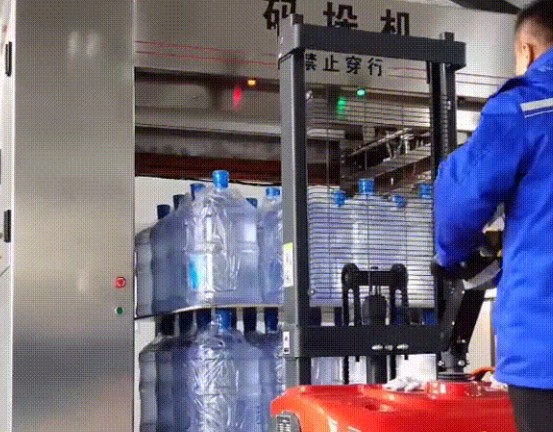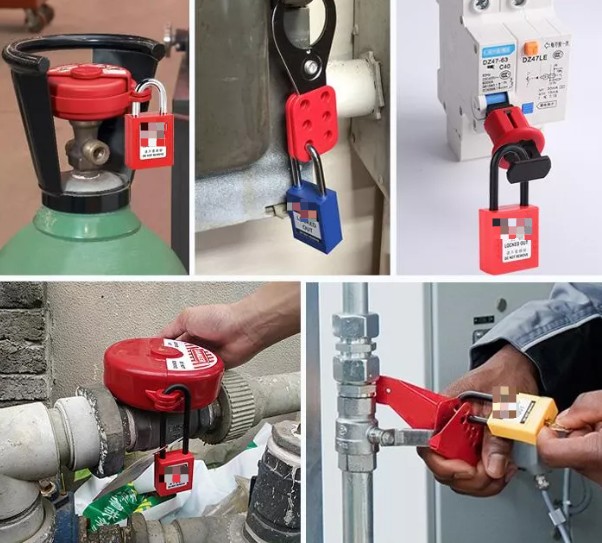1.Distinguish the types of work
Operations into logistics equipment can be divided into two types. The first is to have to deal with simple routine, repetitive operations such as dropping containers and trays, and to do so within sight and to follow procedures for safe entry into the machine. Second, the Lockout tagout process should be followed for maintenance operations, or other operations where there is a risk of accidental start-up of the machine or accidental release of uncontrolled energy.
First, let’s look at how to perform the safe in-machine process. The safe in-machine process consists of six steps:
1. Stop the operation of the equipment by the switch on the control panel;
2. Confirm that the equipment has stopped operation;
3. Use safety devices to isolate the equipment;
4. Confirm the isolation situation, for example, by restarting the device;
5, handle the box, tray and other faults;
6. Restart the machine and put it into use.

2.Understand the Lockout Tagout tool
For repair and maintenance operations, risks cannot be controlled only by the above six steps, so it is necessary to use the Lockout tagout process to manage. First, let’s know the common Lockout tagout tools:
Energy isolation device, physical mechanical device used to prevent energy transmission or release, such as electrical circuit breaker, pneumatic valve, hydraulic valve, globe valve, etc.;

3.Master the Lockout Tagout process
Lockout tagout (LOTO) is actually made up of two different words — Lock Out and Tag Out. Locking is to isolate and lock the energy that has been shut down according to certain procedures. The listing is to put up a warning board to inform the locking in isolation at the same time, so as to ensure that no one is injured when working next to the machine. What appears to be two actions actually requires a set of strict operating procedures to ensure safety and effectiveness.
Post time: Sep-25-2021






